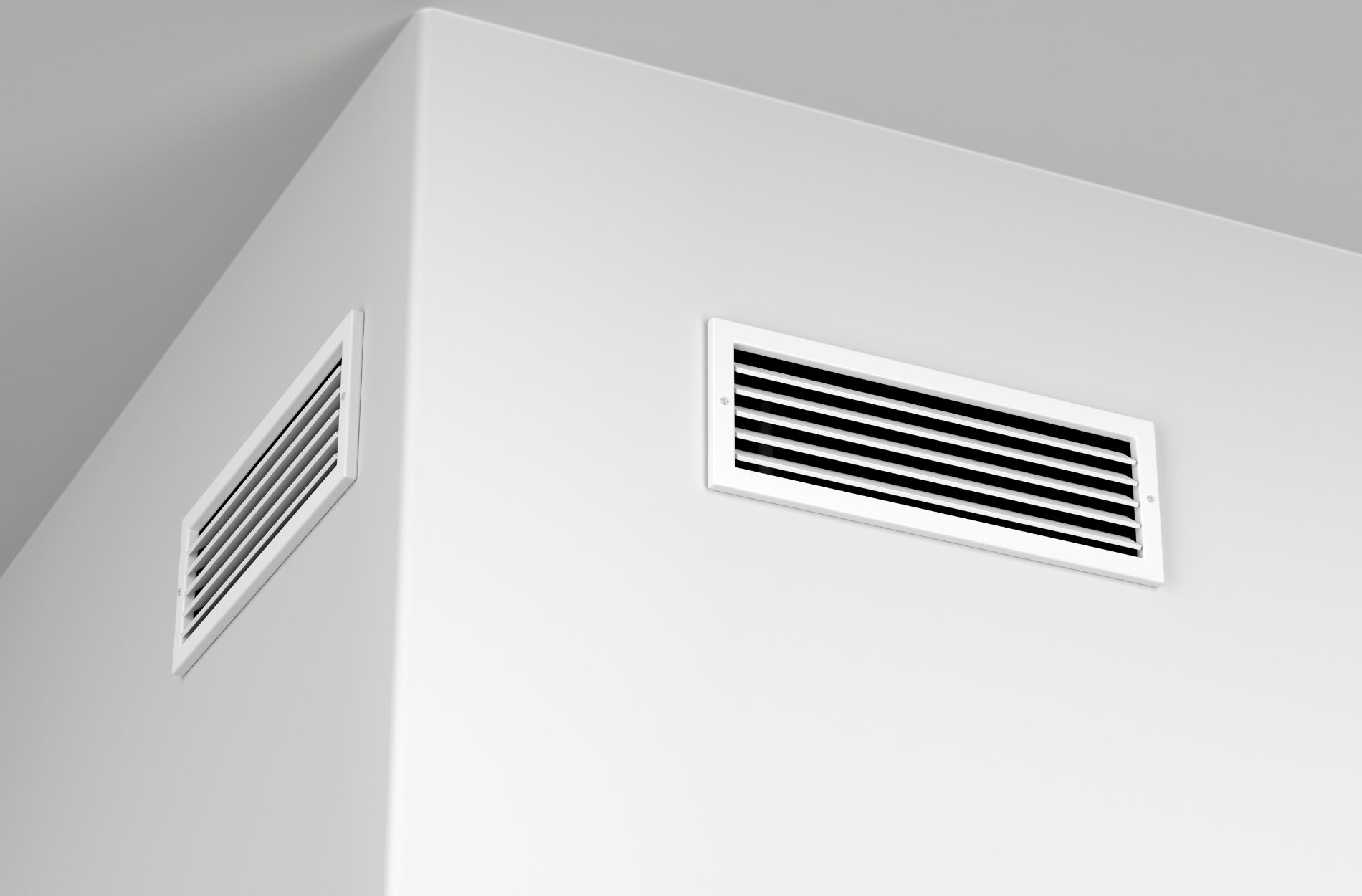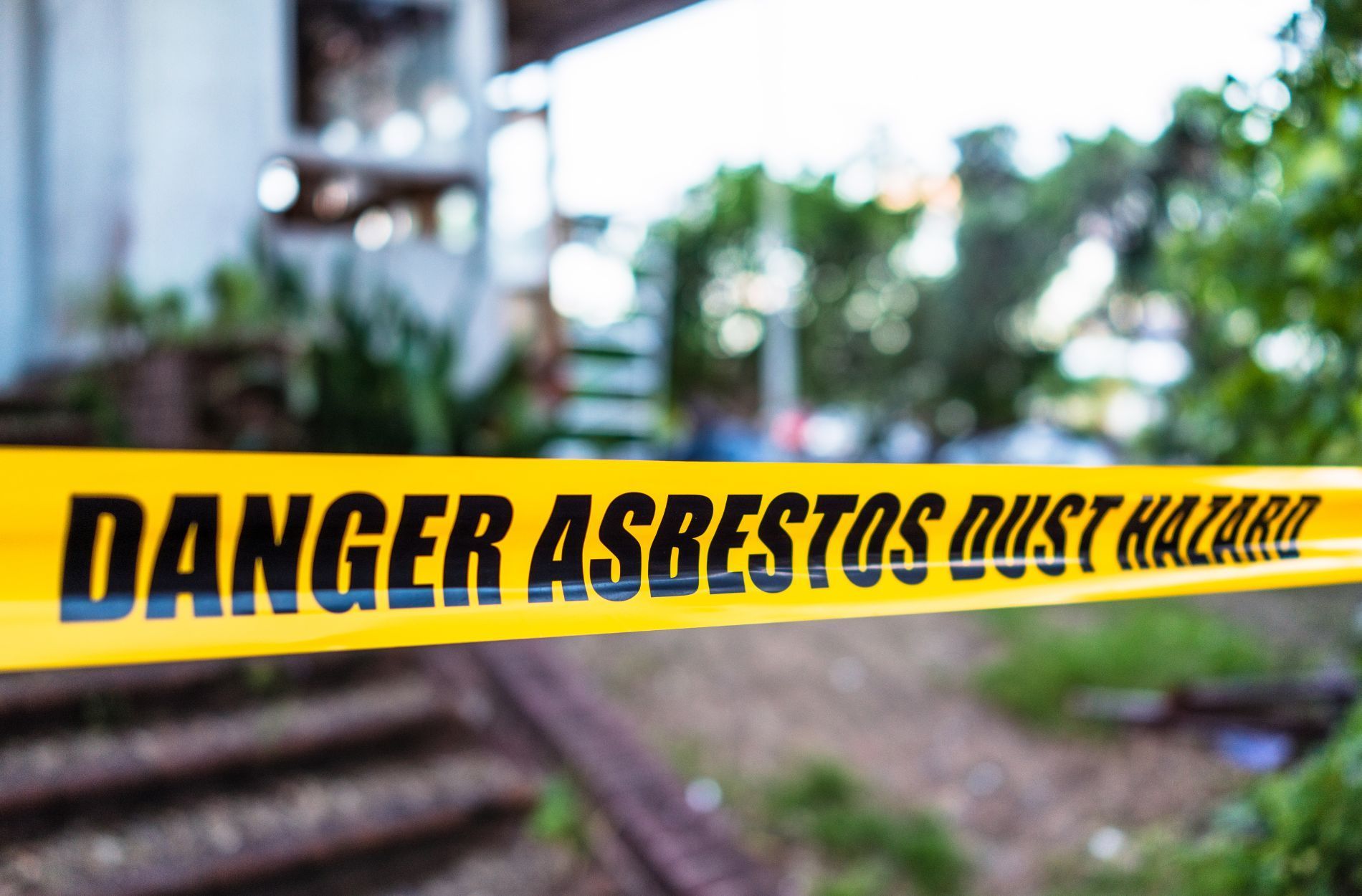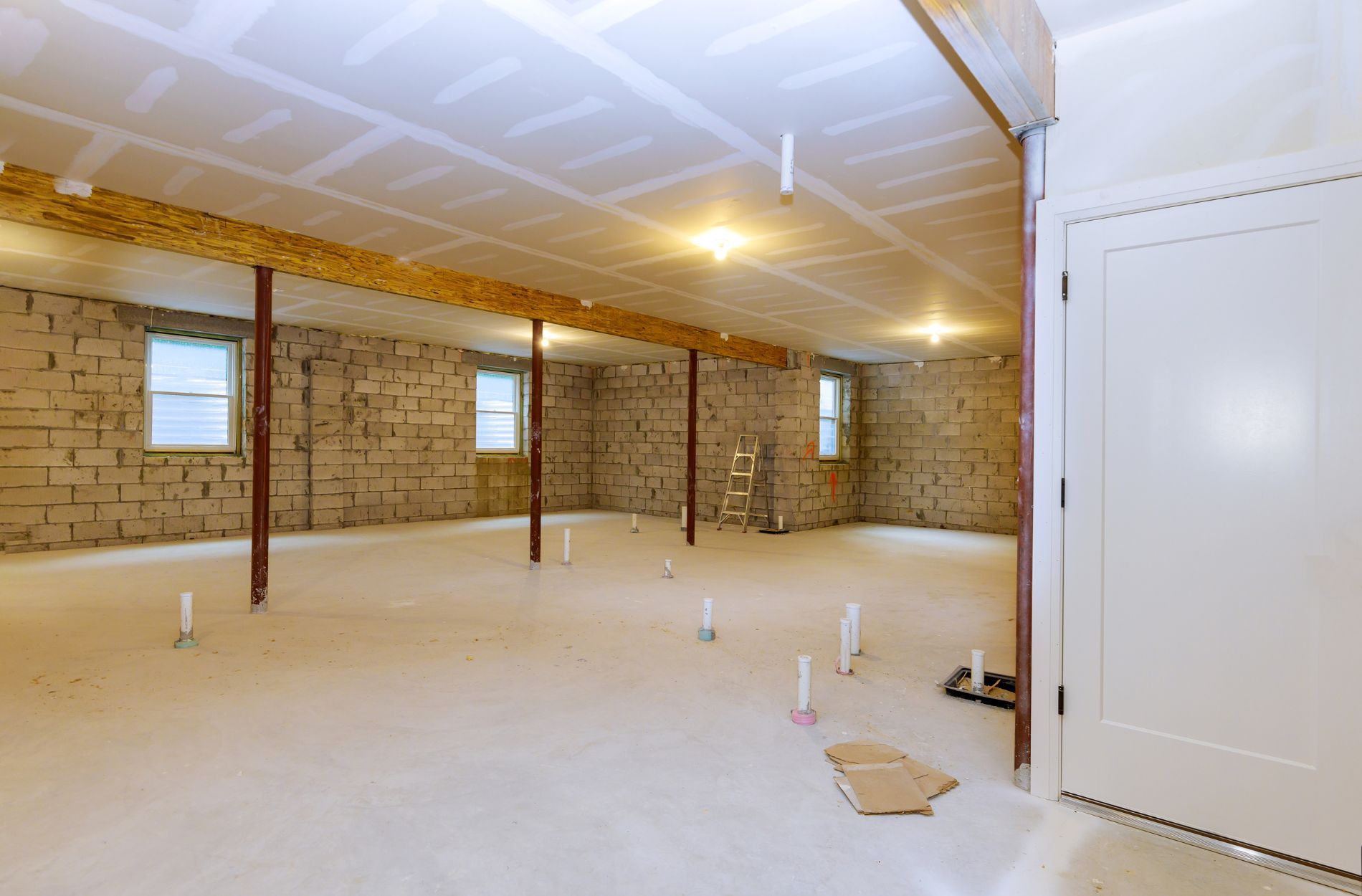Old Ceiling Tiles: Potential Asbestos Risk Assessment
If your home or commercial space was built decades ago, there's a pretty good chance the ceiling tiles haven’t been replaced in a long time. While they might just look like outdated décor, old ceiling tiles can sometimes hide a much bigger concern—possible asbestos. What makes this especially worrying is that asbestos can go unnoticed for years without showing any clear warning signs. Most people don’t think twice about the materials overhead, but asbestos exposure can lead to serious health risks when disturbed.
Assessing old ceiling tiles for asbestos isn’t about overreacting. It’s about playing it smart. The materials used in construction before the 1980s often had asbestos mixed in to improve strength and fire resistance. If you're living or working in an older space, it’s worth learning how to identify whether your ceiling tiles might contain this harmful material and what steps to take if you're concerned. It’s not always obvious, but with the right information, you can take control of the situation and make sure your space stays safe.
Understanding Asbestos In Ceiling Tiles
Asbestos was once seen as a miracle material. It was strong, cheap, and didn’t burn easily. That made it really popular for construction, especially from the 1940s through the late 1970s. It was added to many materials, including ceiling tiles, because it helped insulate sound and resist fire, which made it a perfect match for public buildings and older homes.
But as the years passed, the risks of asbestos exposure became clearer. Breathing in tiny asbestos fibers can lead to long-term health problems, especially when the materials are damaged or disturbed. The issue with ceiling tiles is that they can become brittle over time. When drilled into, removed, or even cracked during repairs or changes, those fibers can get released into the air.
So where might you find asbestos in ceiling tiles? Some locations to look at closely include:
- Tiles with a soft, chalky feel that crumble easily
- Tiles installed before 1980, especially in drop ceilings or decorative panels
- Spaces like basements, school buildings, or office ceilings that haven’t been renovated in decades
It’s not just the tile itself either. The adhesive and backing used to attach them can also contain asbestos. And because asbestos doesn't have a smell or obvious look, you can’t just trust your eyes. That’s why a closer evaluation is always the next best step. It’s not worth guessing. When it comes to exposure, it’s better to be sure.
Signs Your Ceiling Tiles May Contain Asbestos
Spotting asbestos isn’t easy. Even if a ceiling tile looks old or fragile, that doesn't automatically mean it’s dangerous. But there are a few things that might suggest it’s time for caution.
1. Age of the tiles
If your building was constructed or updated before the early 1980s and the ceiling tiles haven’t been changed since, asbestos could be present.
2. Visual clues
Tiles that are gray or off-white and have a fibrous backside may be suspect. A chalky surface texture or a tendency to crack or crumble could also be signals.
3. Installation method
Drop ceilings that use a grid system, especially in older office spaces or basements, often used tile panels that may contain asbestos. Similarly, glue-on tiles adhered with older adhesives could pose a risk.
4. Water damage or signs of decay
Tiles that have been damaged by leaks or show signs of sagging or distortion might release fibers more easily. If the corners are chipped or tiles crumble at the touch, that’s a red flag.
It's tempting to remove a tile yourself to check it, but disturbing paneling without proper safety steps can actually make matters worse. If you suspect an area might contain asbestos, the safest move is to let professionals handle the testing. They’re trained to spot issues and know how to test without spreading particles in the air.
Steps To Take If Asbestos Is Found
Once there's even a slight chance your ceiling tiles contain asbestos, it’s best to stop any renovation or repair work in that area. Leave the space alone and keep others away until it’s checked out properly. Moving or breaking the tiles, even by accident, can release fibers into the air that you don’t want anyone breathing in.
Before you decide anything, get professional asbestos testing done. Experts use safe methods to sample and examine the material without spreading it. This step gives you a clear answer and helps figure out what needs to happen next.
Here’s what usually follows once asbestos is officially confirmed:
- The area gets sealed off to keep fibers from spreading
- Professionals wear protective gear and use special tools
- The tiles and surrounding material, if affected, are carefully removed
- Air is filtered during and after the process
- The space is cleaned and rechecked before it's cleared for use
This isn’t the kind of work you can do with a mask and a trash bag. Removing asbestos the right way takes planning, caution, and skill. That’s why licensed remediation experts handle this kind of job. They make sure it’s done safely and meets regulation standards. Mistakes during removal can turn things from safe to risky very quickly.
Why A Professional Asbestos Remediation Service Matters
Trying to fix an asbestos problem on your own can be a dangerous decision. It’s easy to cause more harm than good without the right tools or training. Professional services aren’t just about removing the tiles. They’re about managing the risk every step of the way.
When you hire a trusted asbestos remediation team, you benefit from:
- A full inspection of your property before any action is taken
- Containment strategies to limit exposure
- Reliable removal methods that keep everyone safe
- Legal disposal of hazardous waste
- Post-cleaning checks to confirm safety in the building
On top of that, professionals take a lot of the stress off your shoulders. They know what permits are needed, how to avoid cross-contamination, and how to finish the job cleanly. It keeps your home or business on track without delays or loose ends. Think of it like hiring an electrician. You wouldn’t mess with live wires yourself, and the risk here is just as real.
Maintaining Safety After Asbestos Is Gone
Once the asbestos is removed, it's tempting to breathe easy and move on. But it's still important to think about what comes next. Keeping your space safe means staying ahead of new problems and making sure no future work brings hidden asbestos to light.
After remediation, here are some smart steps to follow:
- Check with the remediation team that all contaminated materials were removed, not just covered up
- Get a final clearance test or report so there’s proof the air is safe and clean
- Plan ahead for any future repairs or remodeling, especially in older buildings, by checking materials in advance
- Keep a record of what was removed and where. This will help with future inspections or property sales
- Reschedule regular environmental health checks, especially if your building is on the older side
The goal isn’t just fixing the issue temporarily. It’s preventing it from returning or becoming a threat again down the line. Making a habit of staying watchful and informed goes a long way, especially when you’ve already invested in making your space safe.
Take Control Of What’s Overhead
Old ceiling tiles might seem like the least of your worries, but they can carry real risks if they contain asbestos. If you're even a little unsure, that’s reason enough to take a closer look. Asbestos exposure is something to handle with care, not guesswork.
By spotting the signs, acting early, and bringing in trained help, you protect more than just your space. You protect the people inside it. No ceiling is worth avoiding the facts. With the right steps and a little planning, you can move forward without worrying about what’s overhead. If it turns out there’s a problem, you’ll know you handled it the right way.
Concerned about the safety of your home or business? Oak Leaf Environmental is here to help you address any asbestos issues with care and expertise. To ensure your space is free from hidden dangers, explore our
asbestos remediation services handled by our experienced team. Feel confident knowing that your property is in good hands.











